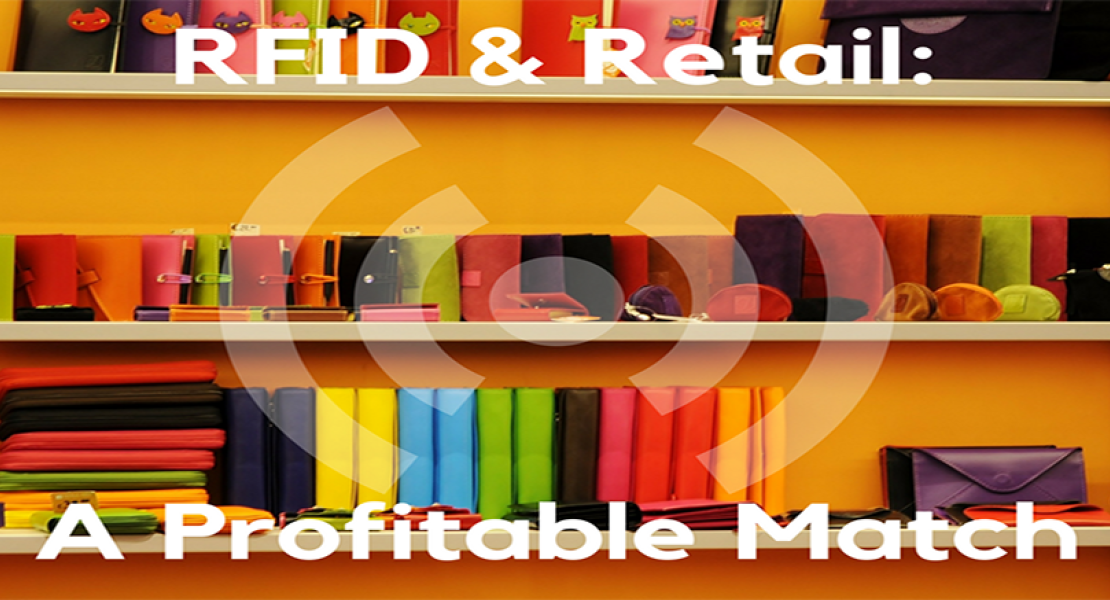RFID is not a fringe technology anymore: the statistics prove it. The boon it has become to retailers both online and in brick and mortar stores cannot be denied.
Mainly using UHF passive RFID tags, storefront marketers are beginning to breach the competition of online marketers. From manufacturing to a local floor purchase, management can now have complete visibility of its goods on the move.
This visibility enables timely replenishment of inventory on the shelf and accountability in recordkeeping, which helps make a brick and mortar offense possible.
RFID Tags Provides More Accurate Inventory
Although many avenues exist for RFID to manifest itself, according to Jennifer Zaino of RFID Journal, retail use is most often the topic in current conversation: notably, the recent upgrade use of UHF passive RFID tags at Macys, Target, and Kohls.
If all went as planned, by the end of last year, Macy’s had all in-store items tagged with the passive tags (full deployment) to reap benefits in sales because of inventory accuracy.
If accomplished, Macys is now nearing 95% inventory accuracy and the company is seeing an appreciable increase in sales (in some cases an anticipated 15% or more) because stores have on their shelves the products that customers want.
Because of stores' ability to control inventory and enable products to be in-stock and on the shelves without overstock or shortfall through the use of tags like the Universal Micro or Mini, a standard tag or even a hang tag, the ROI will have improved significantly.
Target too has continued management upgrades with UHF passive RFID tags.
According to Keri Jones, Target's EVP of global supply chain operations, unobtrusive RFID tags began to be placed on women’s, children’s and home decor items in all stores in 2016 with more tagging to follow (phased deployment).
In addition, the technology is also expected to facilitate in-store pickup for the 15% of Target business that is done online.
RFID Allows Stores To Interact With Consumers
In addition to tagging in-store items, Kohls upgrades have special consumer engagement projects in play.
Take for instance, the connected fitting room, a consumer facing app, that enables users to connect with a store associate’s smartphone.
Upon entering a connected fitting room, the UHF passive RFID tag on the customer-carried apparel activates a reader that identifies the item and displays it on a touch screen in the fitting room. The display enables the customer to select different sizes, colors, and more as related to the initial tag. The customer selections prompt the associate smartphone to bring more product (or more desirable product) to the fitting room.
The RFID tag also allows management to collect anonymous data from all fitting room visits. The data transforms into insights, such as average time customers spend in the fitting room, how many items are brought in, or store associate response times.
RFID Allows Brands To Tag Items At The Source
Another concept stores, like Kohls, are piloting are kiosks with proprietary apps.
Kiosks allow customers to compare items (fabric content, for instance.) and to save information to a smart phone (to decide on a purchase at home, for instance).
For a multichannel shopping opportunity, while at the kiosk, the customer has point-of-sale capability to allow a purchase.
But the brick and mortar stores are not the only enterprises embracing the UHF passive RFID tag. Brands, themselves, are also beginning to embed or attach tagging before their product is sent to vendors.
Brand tagging, or tagging at the source, is becoming more prevalent according to Checkpoint Systems' Umesh Cooduvalli who postulated to RFID Journal that “the tide is turning from retailers mostly tagging items in store to source tagging and bulk encoding.”
If this is true, and it probably is, more items already tagged will come into stores of all kinds and retailers will be motivated to incorporate UHF passive RFID tagging on their disparate items.
Even though big players like Kohls, Macys, and Target are going RFID full throttle, they are not the only stores with RFID technology.
Walmart, of course, and JC Penneys, and much smaller enterprises also depend on RFID for efficiency and customer satisfaction, as does Levis, a brand labeler.
RFID In Retail Continues To Grow
According to the prestigious RFID Lab at Auburn University, growth in RFID tag adoption from 2014 to 2015 was 23%; last year it is 32%. The 2016 study reveals a pattern of movement expected in a healthy adoption environment to well surpass the 2017 mark.
Most certainly, UHF passive RFID tagging and other RFID technologies are here to stay in many venues - brick and mortar stores and online as well. All players, tag convertors, manufacturers and retailers rejoice in that fact.
More than 7 billion UHF Passive RFID tags were processed to meet retail need in 2017, with the number promised to skyrocket in 2018. Improving profitability and customer experience, RFID technology is fulfilling its many promises.
 | About the Author: Marianne AlvaradoMarianne Alvarado is our Vice President of Sales. Alvarado joined Metalcraft in March of 2000 as a Territory Specialist, became Sales Manager in January 2022 and was named Vice President of Sales during August of 2023. She leads both the Outside and Inside Sales teams. Marianne lives in Davenport with her husband, Dave Beeman. Mobile Phone: 641-529-9492 Email: [email protected] Office: 3360 9th St. SW, Mason City, IA 50401 Office Phone: 641-423-9460 |




